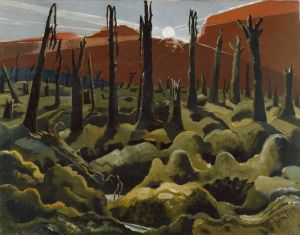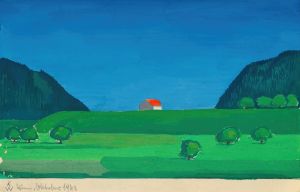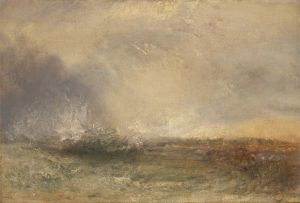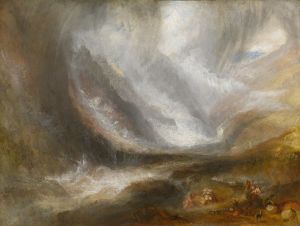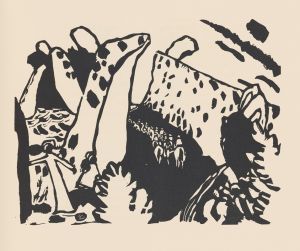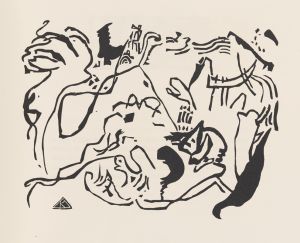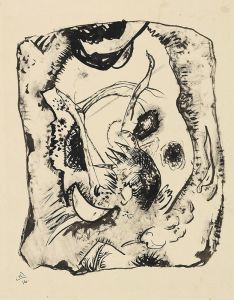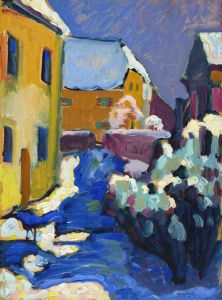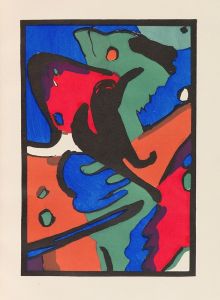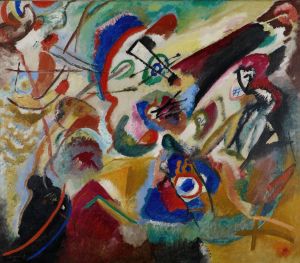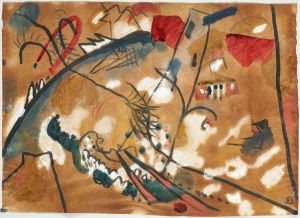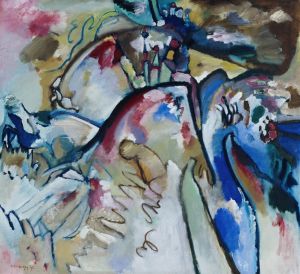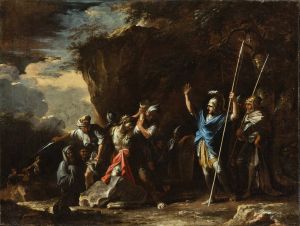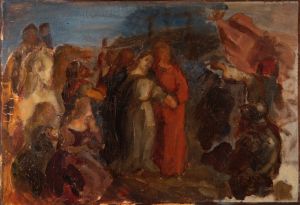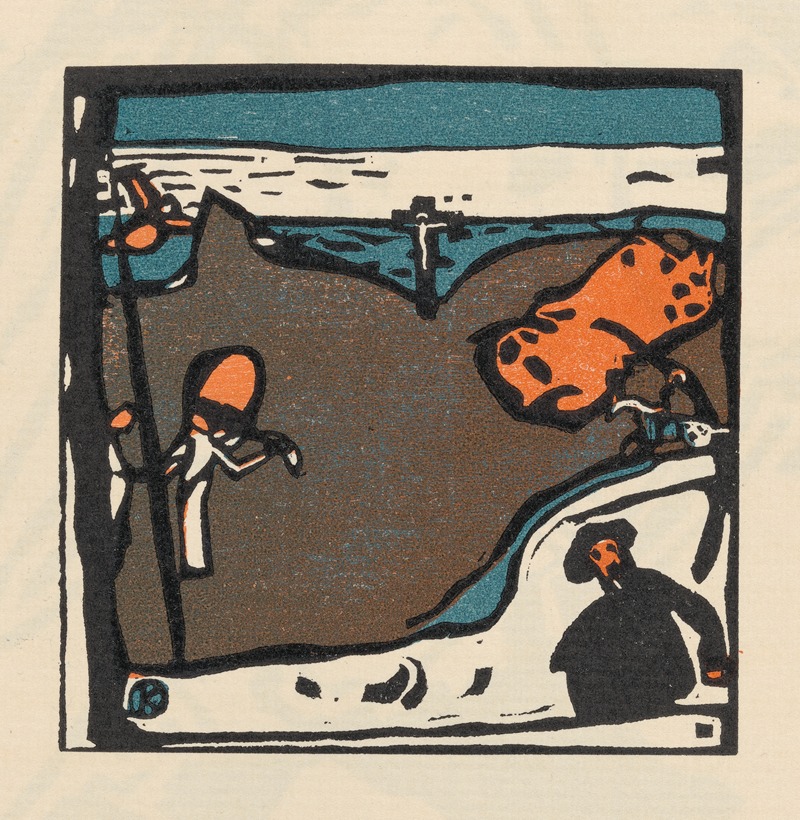
Klänge Pl.16
A hand-painted replica of Wassily Kandinsky’s masterpiece Klänge Pl.16, meticulously crafted by professional artists to capture the true essence of the original. Each piece is created with museum-quality canvas and rare mineral pigments, carefully painted by experienced artists with delicate brushstrokes and rich, layered colors to perfectly recreate the texture of the original artwork. Unlike machine-printed reproductions, this hand-painted version brings the painting to life, infused with the artist’s emotions and skill in every stroke. Whether for personal collection or home decoration, it instantly elevates the artistic atmosphere of any space.
Wassily Kandinsky's "Klänge Pl.16" is one of the woodcuts included in his seminal 1913 book Klänge (Sounds), a collection of prose poems and accompanying woodcut prints. Kandinsky, a pioneer of abstract art, created Klänge as a synthesis of visual and literary expression, reflecting his interest in the interplay between sound, color, and form. The book is considered one of the key works of the German Expressionist movement and highlights Kandinsky's exploration of abstraction and spirituality in art.
The woodcut "Pl.16" is part of this series and exemplifies Kandinsky's transition from representational to abstract art. Like other works in Klänge, it features simplified forms and bold contrasts, emphasizing emotional resonance over realistic depiction. Kandinsky employed the woodcut technique for its raw, expressive qualities, which aligned with the aesthetic principles of Expressionism. The prints in Klänge often incorporate symbolic and dreamlike imagery, reflecting Kandinsky's interest in the subconscious and his belief in the spiritual power of art.
Klänge was published during a period of significant artistic experimentation for Kandinsky, as he was developing his theories on abstraction and the relationship between art and music. He believed that visual art could evoke emotions in a manner similar to music, an idea he elaborated on in his influential theoretical text Concerning the Spiritual in Art (1911). The works in Klänge, including "Pl.16," demonstrate this synesthetic approach, where visual elements are treated as equivalents to musical notes or chords.
While specific details about "Pl.16" itself are limited, it is consistent with the overall themes and style of the Klänge series. The woodcuts in the book are characterized by their dynamic compositions, use of geometric and organic shapes, and a sense of movement and rhythm. These qualities reflect Kandinsky's desire to transcend traditional artistic boundaries and create a universal language of form and color.
Klänge was first published in Munich by the avant-garde publisher Piper Verlag and remains a significant work in the history of modern art. It represents Kandinsky's innovative approach to combining text and image, as well as his contributions to the development of abstract art. The woodcuts, including "Pl.16," continue to be studied and appreciated for their artistic and historical importance.





